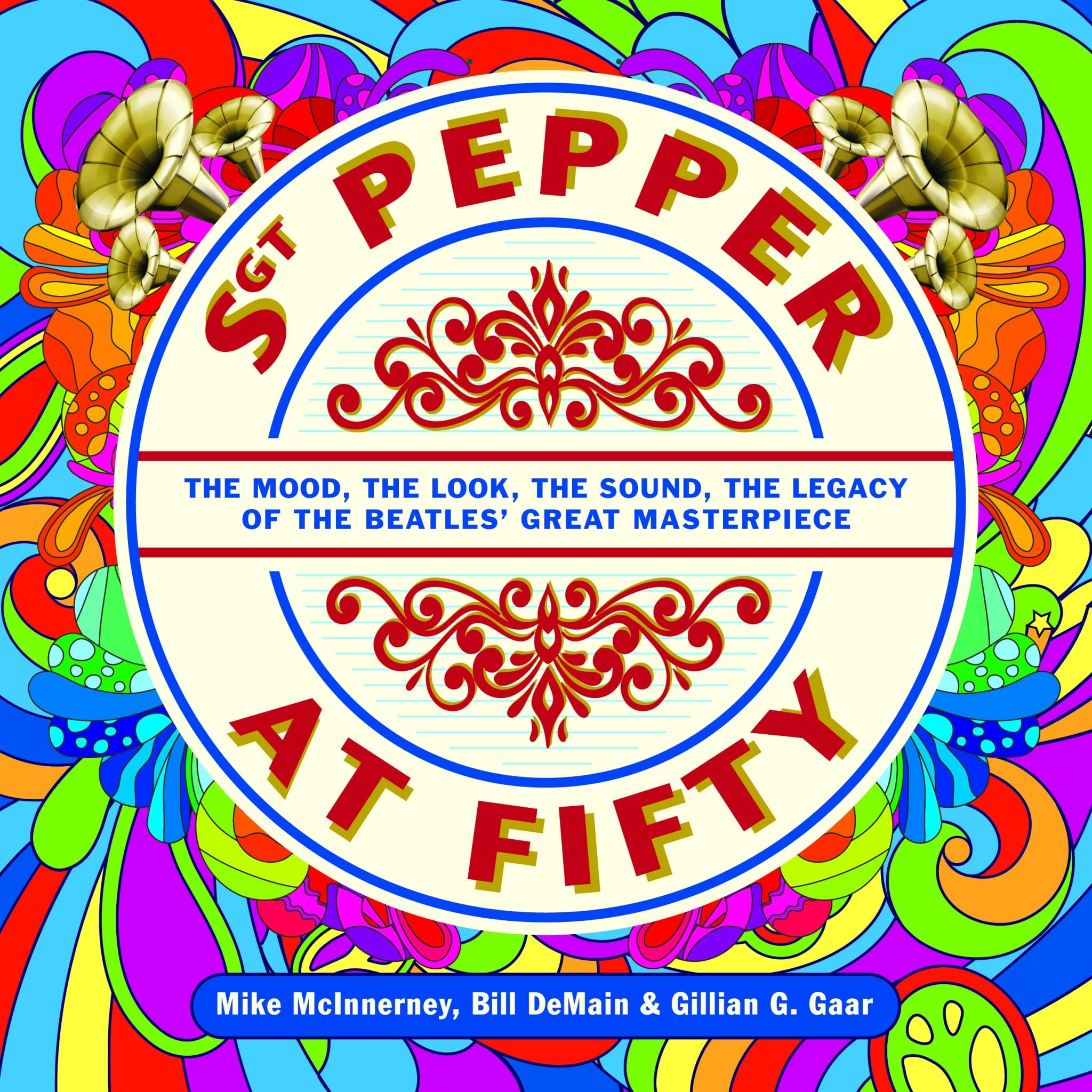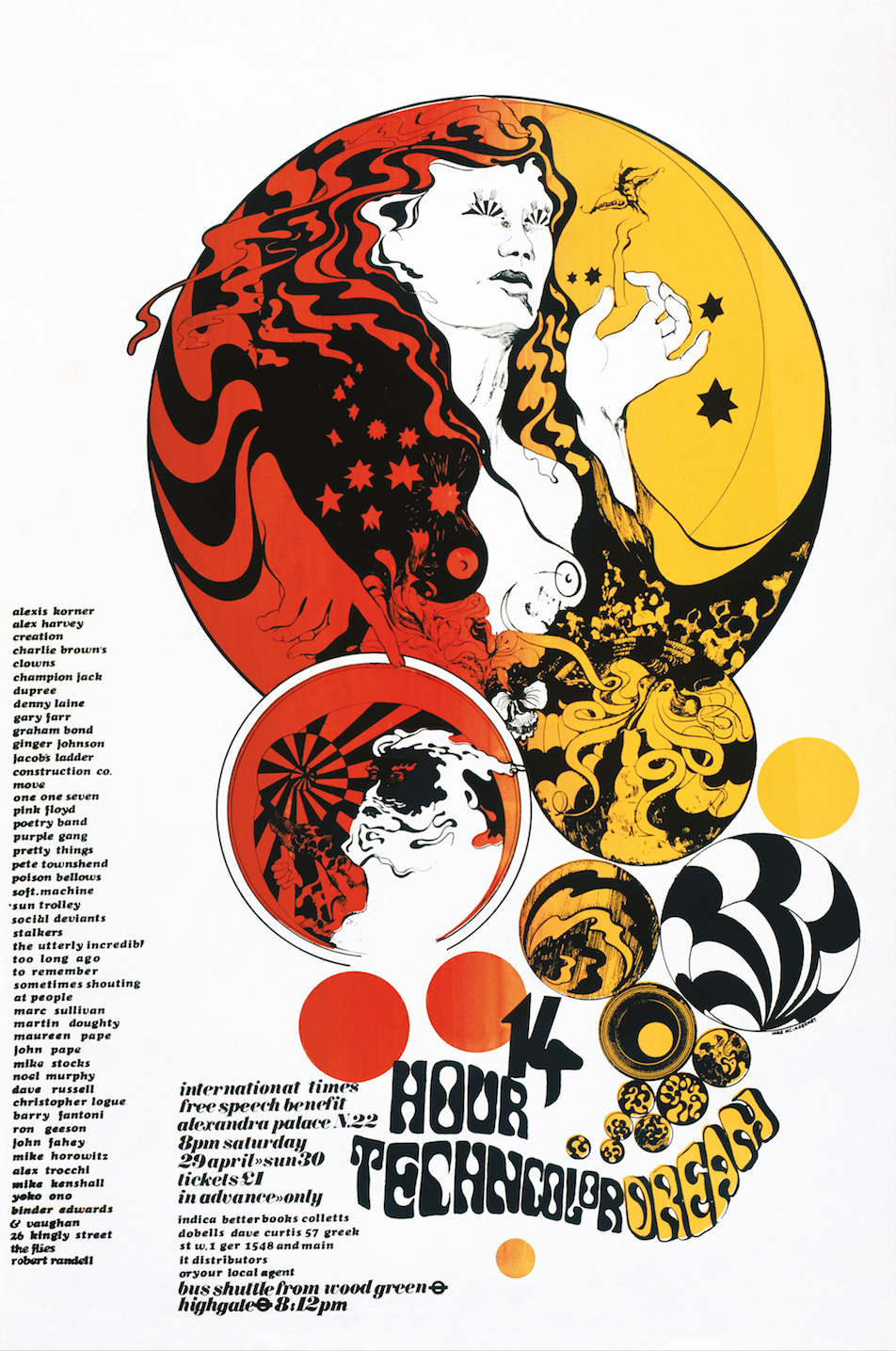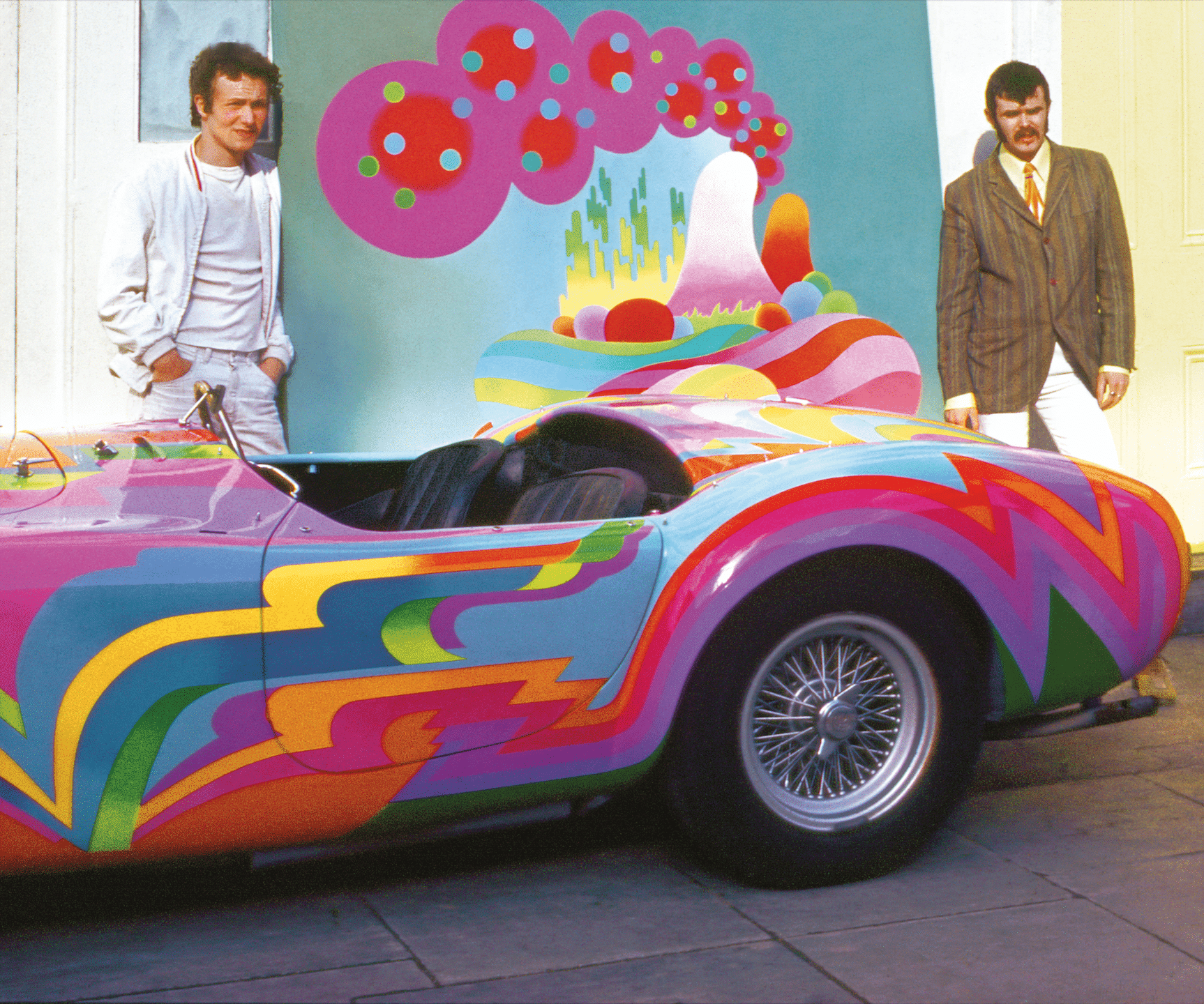The Article
SGT. Pepper At Fifty: The Mood, The Look, The Sound, The Legacy of The Beatles’ Great Masterpiece
17th June 2017

Authors: Mike McInnerney, Bill DeMain & Gillian G. Gaar
Publisher: Omnibus
Don’t be fooled into thinking that this book will hit the ground running in terms of the album and the band. You really do need to judge this book by its cover and read carefully.
When the book title talks about The Mood, then that refers to the culture of the times. It means a look at the people surrounding the album: poets, fashion models, writers and the like. That is, the nature of the the ‘scene’. In this first section of the book, the authors attempt to find context for the album, they want to give you a sense of where and why the album actually emerged. For some, the included information will be old hat and rather ‘ho hum’. Experienced 60s readers will be familiar with much of what is said here although those who might have taken a more cursory view on the times will find much that is new. For example, coverage of the Human Be-In in January of 1967, the Rolling Stones drug arrests and the like. There are plenty of very interesting photographs of people, publications and posters to provide a fascinating suit of visual furniture, though.
The we get to The Look and the editorial begins to dovetail a tad with intriguing pieces on the image surrounding the album. For example The Beatles themselves adopted a singular identity for this album. A piece on facial hair proves intriguing, for example. Before the band adopted facial hair there were only two types of people who wore ‘mustaches’, according the band’s hairdresser, Leslie Cavendish, “spivs and old men” whereas George Harrison thought that they represented something rather more spiritual, “Moustaches were part of the synchronicity and the collective consciousness of the time.” Whatever you say, George.
The image of The Beatles of the Sgt Pepper period was important, symbolically. It broke the connection with the Beatlemania period, once and for all. It’s at this stage of the book that discussion is broached of the cover design. At this point we have a full and detailed investigation of just who is present on the cover. The montage, as you know, features a host of individuals, many unknown to many of us, others ‘of their time’. For example, who remembers H.C. Westermann, the American satirical artist? Or Richard Merkin, a painter and professional dandy? The fascinating section also lists the miscellaneous extra props that populate the cover including the portable TV that belonged to John Lennon, apparently, the velvet snake and the garden gnome (which I know was seen at auction around 5-10 years ago, fetching a pretty penny). At this point, sleeve artist Peter Blake is focused upon (again, with plenty of top quality images) plus a fascinating section on the chap who designed the Sgt Pepper drumhead, seen on the sleeve, Joe Ephgrave (a real person, despite the rumours stating otherwise).
Discussion of the music itself is wide ranging and detailed, including information on the ‘missing’ singles: Penny Lane and Strawberry Fields, Paul’s compositions on his Magic Piano (a specially painted upright) plus lots of intricate detail on the structures, arrangements and the differences between the mono and stereo versions of the album. From a slow start, the book builds and progresses – ending on the aftermath of the project that brings the LP up to present day – and builds in detail and intensity. This book is a marvellous literary version of the Beatles magnum opus heard on the Sgt Pepper LP, A Day in The Life.






